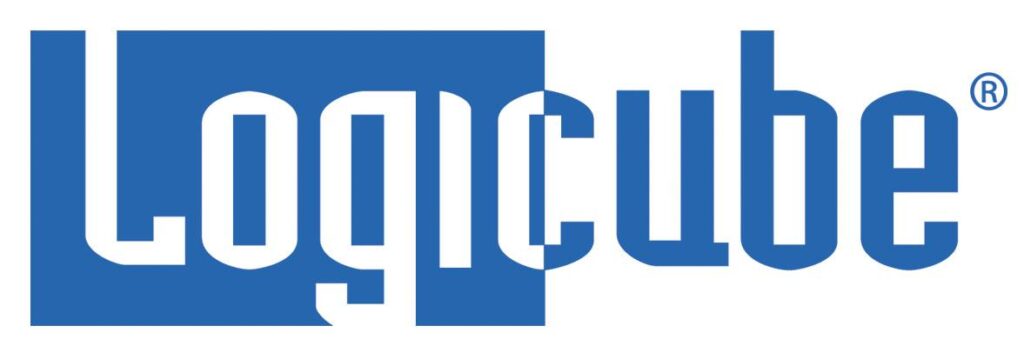The official “numbers guys” (and gals) of the technology business over at IDC have just come out with a new report on The Internet of Things and it has some eye-popping numbers. Top among them: an (estimated) 30 billion autonomous “connected things” deployed by the end of this decade. The report, “Worldwide Internet of Things (IoT) 2013-2020 Forecast: Billions of Things, Trillions of Dollars” is a market outlook for the IoT ecosystem, which IDC says comprises “intelligent systems, connectivity services, platforms, analytics, and vertical applications” it also includes professional services and security for IoT infrastructures. While IP-enabled things aren’t exactly “new,” the IoT is being driven by factors that haven’t been common previously, namely: ubiquitous, wireless Internet connectivity, regardless of location, notes IDC analyst Carrie MacGillivray. IDC says the trend lines are pointing up in a serious way, with IoT related economic activity to grow at a 7.9% compound annual […]
Search Results for "standards"
FDA Will Regulate Some Apps As Medical Devices
In an important move, the U.S. Food And Drug Administration (FDA) has released final guidance to mobile application developers that are creating medical applications to run on devices like the iPhone and Android mobile devices. Some applications, it said, will be treated with the same scrutiny as traditional medical devices.* The statement is the final word from the FDA on the approach it will take when enforcing federal regulations regarding the safety of medical devices to the large and fast-growing category of medical applications. The agency said on Monday that, while it doesn’t see the need to vet “the majority of mobile apps,” because they pose “minimal risk to consumers,” it will exercise oversight of mobile medical applications that are accessories to regulated medical devices, or that transform a mobile device into a regulated medical device. In those cases, the FDA said that mobile applications will be assessed “using the same […]
BitSight: A Equifax For Security Risk?
I’ve opined in these pages and elsewhere that one of the big problems in the IT security space is the absence of actionable data. After all, problems like denial of service attacks, network compromises and inadvertent data leaks are all just risks that organizations and individuals must grapple with in our increasingly wired world. True – they’re new kinds of risks, but otherwise they’re not fundamentally different from problems like auto accidents, property crime or illness – things that we do a good job accounting for. The difference, as I see it, is an absence of accepted and independent means of assessing the relative security posture of any organization. IT security is still so much dark magic: we rely on organizations to tell us about how secure they are. Organizations, in turn, rely on a complex and patchy network of security monitoring and detection tools, then try to read the […]
U.S. Cyber Security Framework Is Good News-For Hackers
Ralph Langner, the renowned expert on the security of industrial control- and SCADA systems, warns that the latest draft of the U.S. Government’s Cyber Security Framework (CSF) will do little to make critical infrastructure more resistant to devastating cyber attacks. Writing on his blog, Langner said that a draft of the National Institute of Standards and Technology’s (NIST’s) Preliminary Cybersecurity Framework does little to compel critical infrastructure owners to improve the security of their systems, or guarantee uniform (and robust) cyber security standards in the critical infrastructure space. NIST released the latest draft of the CSF late last month (PDF). But Langner, writing on Wednesday, likened the framework to a recipe that, if used by three different chefs, produces three totally different dishes…or just a messy kitchen. “A less metaphorical words, a fundamental problem of the CSF is that it is not a method that, if applied properly, would lead to predictable results,” […]
Insecure At Any Speed: Are Automakers Failing The Software Crash Test?
Editor’s Note: You can view the rest of my conversation about application and supply chain security, featuring Joshua Corman of Akamai and Chris Wysopal of Veracode by visiting Veracode’s web site. – PFR You’re in the market for a new car, and you’ve made a list of the features you want: a cool, tablet style interface for the audio and navigation system, side impact airbags for the front and rear compartment, a pop-up third row of seating. Heck, maybe you even want to hold out for the automatic seat temperature control that some Lexus cars now come with. While you’re at it, how about some secure software, too? That last item probably isn’t on most buyers’ check list today, but it may be soon, according to two, prominent security experts: Chris Wysopal, of Veracode, and Joshua Corman of Akamai. Speaking on Talking Code, an exclusive video hosted by The Security Ledger […]






